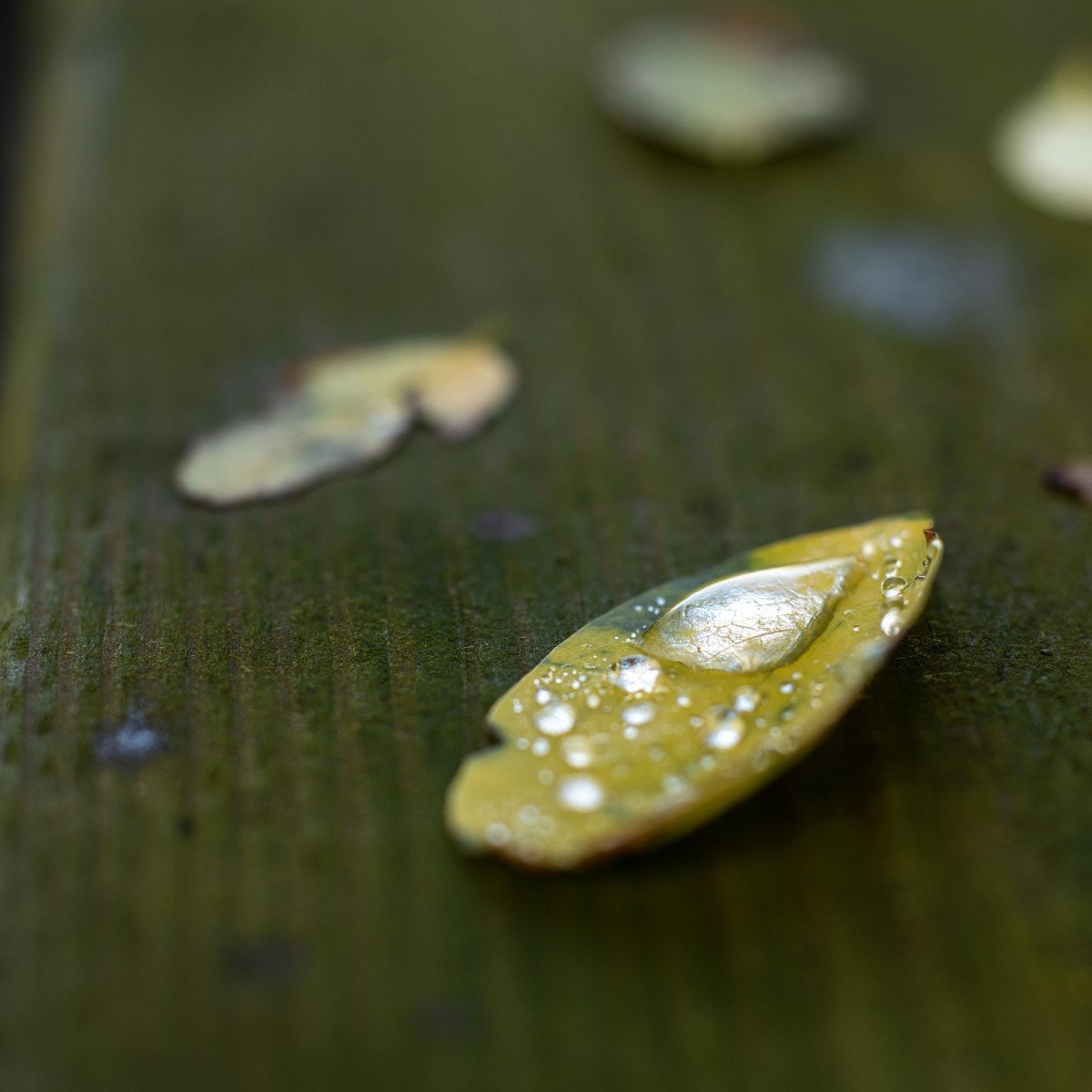Ever heard the saying, ‘Life is in the details’? While traveling in Costa Rica, I once spent an entire afternoon gazing upon a peculiar patch of a lush, emerald green moor. Why, you ask? I was captivated by a tiny universe bustling with life, invisible to the casual observer. I was taking my first steps into the fascinating world of macro photography.
How often do we overlook the small wonders that skitter, grow, and thrive under our noses? Have you ever stopped to admire the intricate patterns on a butterfly’s wing or the dewdrop that sits precariously on a flower petal, reflecting the world around it in miniature form?
Did you know that a whole genre of photography is dedicated to capturing such marvellous microcosms? Welcome to the realm of macro photography, an art that helps us appreciate nature’s minutiae with a detail and intimacy our normal vision denies us. It’s a somewhat hidden genre, but knowing where to look makes all the difference. Reflective photography is another genre that plays with our perspective in a similar manner.
Unfolding A Miniature Universe
Macro photography isn’t just a close-up shot; it’s a magnified view into an unseen world. Imagine dialoguing with the wink of a dragonfly or interpreting the secret script on seashell spirals. It’s more akin to Alice stepping through the looking-glass into Wonderland. But, here’s an insider’s secret: unlike Alice, you need not rely on fantastical elements to embark on this journey. All you need is a keen eye, patience, and a bit of technical know-how.
The Gear for Macro Photography
Contrary to common perception, venturing into macro photography doesn’t warrant draining your pocket. Starting small — a macro lens for your DSLR, or an extension tube to increase magnification, is the way to go. If you’re shooting with a smartphone, clip-on macro lenses are your best bet. But remember, equipment is secondary; your keen observational skills and craving for creativity are what counts.
The Magic is in the Light and Composition
The play of light and shadows can make or break a macro photograph. A well-illuminated subject stands out in high resolution, while a clever play of shadows can add depth and intrigue. Natural light is ideal; however, if you’re shooting indoors, consider investing in a lightbox or softbox. Moreover, well-thought composition is vital too. Ask yourself — Is your subject occupying a meaningful space in the frame? Can the viewer’s eye trace a journey across the photograph? The ‘rule of thirds’ often works wonders in macro photography, lending a harmonious balance to your frame.
Mastering the Technicalities
Mastering the play of depth of field, focus, and shutter speed can elevate your macro shots significantly. A shallow depth of field, achieved by using a wide aperture, draws attention solely to your subject, blurring the background into a dreamy canvas. Remember, focus is crucial in macro photography; even the tiniest deviation can render your subject blurry. Consider using manual focus to achieve perfection. Adjusting the shutter speed appropriately can freeze those quick-moving insects into eternally paused dancers.
Stepping into the Macro World
Now that you’ve absorbed these basics, isn’t it time to venture into your garden, or even that corner of your room gathering dust, with a newfound vision? Get close, capture those hidden dramas unfolding in the cracks of mundane, and as the magic of macro photography unfurls before your eyes, take a moment to truly appreciate the splendour of life’s tiniest wonders. After all, isn’t photography, and essentially life, all about finding beauty in the ordinary? And who knows, you might even stumble upon a story waiting to be told through your lens.


0 Comment